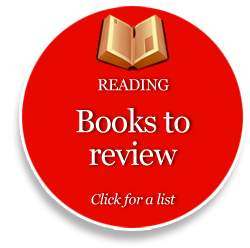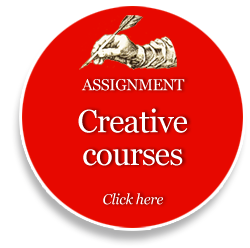Can journalism schools expand their impact and reach through more distance
The Knight Chairs noted that some journalism schools do offer online master’s degrees as well as one-off on-line courses. They said that while schools should do more e-learning, they are not doing enough to define best e-learning practices. Many educators have an outdated idea of e-learning, they said, thinking it is little more than a lecture on-line. Howard Finberg of the Poynter Institute had a possible solution: Create e-learning modules for teachers and trainers who want to learn how to create good e-learning.
Rosental Alves, Knight Chair in International Journalism, pioneered e-learning at Knight Center for Journalism in the Americas, which over nearly a decade has trained more than 6,000 journalists in Spanish and Portuguese. E-learning, he said, has two distinct advantages: the courses are low cost and self-directed modules can be taken at any time. Alves next experimented with MOOCs (massive open online courses), and found he could reach more than 6,000 journalists with just two classes.
The study “Digital Training Comes of Age” surveyed 660 journalists who took Knight-supported training programs. The survey showed that online classes are gaining popularity as a cost-effective way to reach more trainees. A third of U.S. journalists and eight in 10 international journalists say the online classes they took were as good as, or better than, conventional classroom training. Demand for training continues to grow. More and more, journalists want digital training, such as multimedia and data analysis. Most give their news organizations low marks for providing training opportunities.
The report also includes case studies showing the impact of training. Participants said that professional development helped them learn multimedia skills to create new, engaging story forms; provided entrepreneurial skills needed to start new local news ventures; taught university professors digital fluency needed to teach the latest best practices; and helped journalists investigate wrongdoing and prompt policy change.
Knight Foundation has invested more than $150 million in journalism education and training over the past 10 years. Each year, Knight grantees, including two-dozen Knight Chairs at leading universities, teach and train thousands of journalists of all ages.
The report calls the digital age a “do-over moment” for the news industry, which has historically lagged in professional development for its employees. In the past, the cost of quality training was an obstacle news executives bridled at. Now, training of all kinds can be done online at lower cost to newsrooms and more convenience to employees. However, this doesn’t mean we should do away with in-person training altogether. NPR found that digital training requires practice and actual implementation of skills learned online to be effective.
 This is good news for Knight Foundation, which has tracked newsroom training in studies published in Newsroom Training: Where’s the Investment? and News, Improved. A decade ago, our $10 million Newsroom Training Initiative tried to increase news industry investment in training. With projects like Tomorrow’s Workforce, NewsTrain and News University, we could see we had increased training. But industry investment still lagged. Before the initiative, only a third of the news organizations we surveyed thought training budgets should grow. After the initiative, no change. Yet learning organizations are the ones most likely to survive the digital transition.
This is good news for Knight Foundation, which has tracked newsroom training in studies published in Newsroom Training: Where’s the Investment? and News, Improved. A decade ago, our $10 million Newsroom Training Initiative tried to increase news industry investment in training. With projects like Tomorrow’s Workforce, NewsTrain and News University, we could see we had increased training. But industry investment still lagged. Before the initiative, only a third of the news organizations we surveyed thought training budgets should grow. After the initiative, no change. Yet learning organizations are the ones most likely to survive the digital transition.
“Digital Training Comes of Age” noted: “The good news is that the reset button has never been easier to hit, nor has it ever been more powerful. The digital age has made it simpler than ever for modern day journalists to teach their peers. By putting the sum total of human knowledge at the tips of our fingers, the Internet has opened up better ways of sharing and using that knowledge. There’s more to learn, but teaching is easier.”
This blog post followed a presentation for the Knight Chair luncheon in Chicago at the convention of the Association for Education in Journalism and Mass Communication.
A survey from the Pew Research Center, “The Impact of the Internet on Institutions in the Future,” reinforces the idea that academia is the next e-learning frontier. By 2020, Pew said, student and parent demand will be so great that e-learning will blossom.
- OFF
- ON
-
Evolution or revolution?
-
Carnegie-Knight: Journalism schools can innovate
-
Journalism education reform: How far should it go?
-
Journalism funders call for ‘teaching hospital’ model
-
Why journalism funders
like ‘teaching hospitals’ -
The promise and peril of teaching hospitals
-
A problem with academic research into journalism?
-
Demand Grows for Digital Training









 Learning layer directory
Learning layer directory
